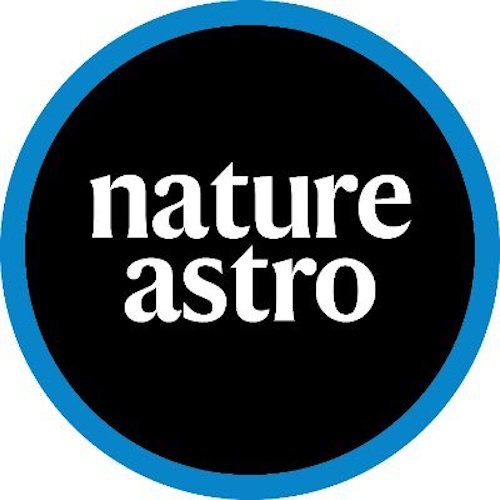Key points from article :
NASA has made a ground-breaking discovery: there is now conclusive evidence of water on the Moon, even in sunlit regions of its surface. This discovery, recently published in Nature Astronomy, provides a significant boost to NASA’s plans for a sustainable lunar base. Previously, scientists only found water in the Moon’s shadowed craters, but this new detection in sunlit areas suggests water may be more abundant and accessible than previously believed. As NASA plans to return humans to the Moon in 2024, this water could play a vital role in supporting a base that would utilize the Moon’s resources, making space exploration more sustainable.
The discovery was made using SOFIA, an infrared telescope mounted on a Boeing 747 that flies above Earth’s atmosphere for a clearer view of space. This telescope detected the unique infrared signature of water molecules on the lunar surface. Scientists believe these water molecules are stored in lunar glass bubbles or between grains, which protect the water from the Moon's harsh environment. Additionally, researchers have identified cold traps—areas in permanent shadow—that could contain more water, estimating that around 40,000 square kilometres of the Moon’s surface might hold water.
This discovery opens new possibilities for lunar exploration. Water could potentially be harvested to support a future lunar economy, as water can be broken down into hydrogen and oxygen to produce rocket fuel. This would make it cheaper for future missions to refuel on the Moon rather than bringing fuel from Earth. Ultimately, a steady source of lunar water could reduce the costs of space travel, facilitate long-term Moon habitation, and perhaps enable future missions to Mars and beyond.







